Thrive Plugin the Link You Followed Has Expired Please Try Again
The "link you followed has expired" is a mutual error that occurs when trying to upload themes and plugins via the WordPress dashboard.
The error usually happens when the file y'all're trying to upload is larger than the default upload and execution limits set past WordPress. The best style to fix the issue is to increment the default upload limits.
In this guide, we'll show you how to set up the "link y'all followed has expired" all by yourself in a few easy steps.
What Causes 'The Link You Followed Has Expired' Error?
If yous were to open the WordPress dashboard and go to Media >> Add together New page, yous'll observe that by default WordPress has a fixed upload size limit that prevents y'all from uploading files of larger sizes.
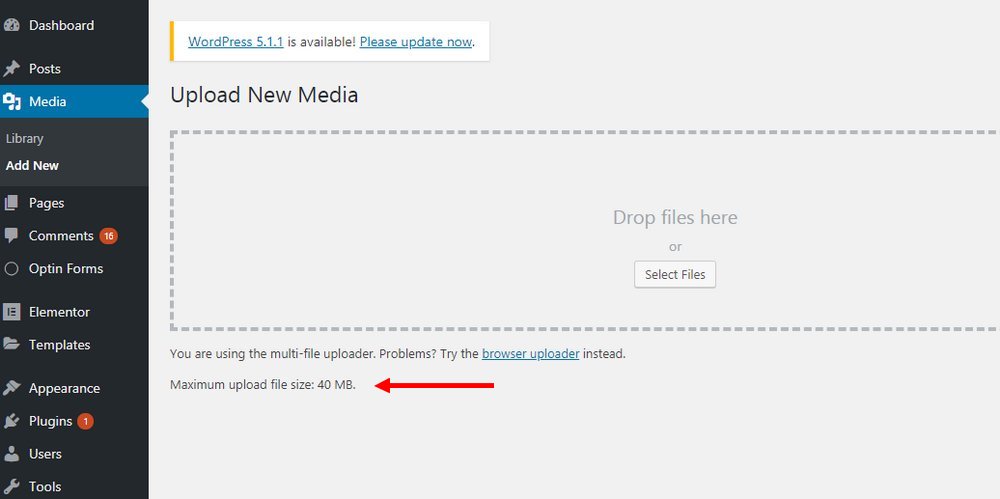
These prefixed sizes differ based on the type of spider web hosting plan you lot use. While managed WordPress hosting providers set over 100mb as the maximum upload size limit, smaller shared hosting plans may limit the size to 25mb. This limit is unremarkably what keeps y'all from uploading heavy themes and plugins.
Even if your website has a bigger upload size limit, if your website'south maximum execution time is limited, and so WordPress will oft neglect to upload larger files. This is when y'all encounter fatal errors and other specific issues like "link you lot followed has expired" error.
How To Ready The Fault
To fix the "link you followed has expired" mistake, all you need to do is to increase the maximum upload size and execution times for your website.
This requires editing a core WordPress file and copying a few lines of code. Information technology tin exist done in several different ways. We'll walk you through the procedure. Recollect not to follow all these methods. If one method didn't piece of work, reverse the changes yous've fabricated and attempt the next method. Not all at once!
Note: Backup your website and make copies of files before making any changes to the core WordPress files. Follow this guide to learn how to setup WordPress backups. If yous don't know what yous're doing, seek assistance from an adept.
Method 1: Edit .htaccess File
The .htaccess file is a cadre file used by WordPress. We can edit this file and copy our code to change the default upload limits set by WordPress.
To edit the file, yous need to admission the WordPress files in your server. Nosotros'll evidence you how to admission the server using the CPanel. Just, y'all can likewise apply an FTP client app equally well.
Step i: Login To CPanel
If you tin't find the CPanel via your hosting business relationship, merely type "cpanel" at the end of your website domain proper noun (eg: yourwebsite.com/cpanel).
And then enter the CPanel username and password. These details are usually provided to you in the welcome email your hosting provider sends to you lot.
Stride 2: Notice And Open up The File Director
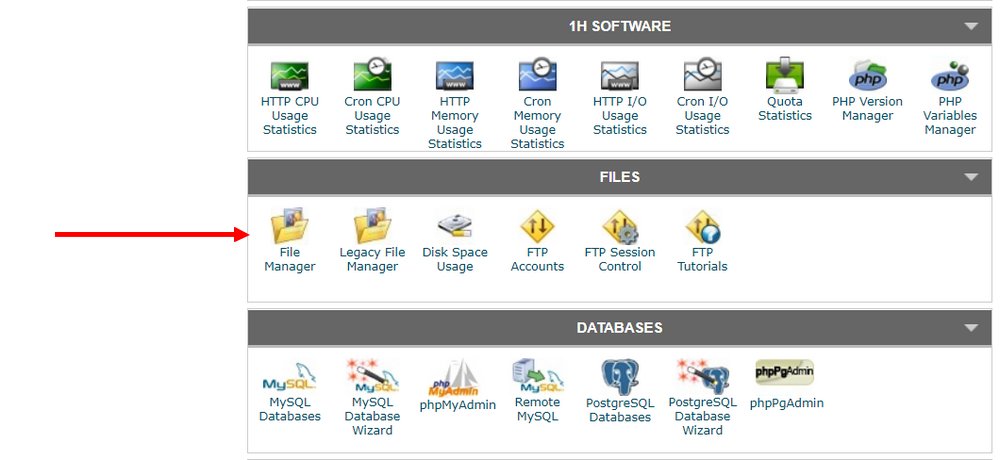
In the CPanel, discover and open the File Manager app. And then it will prompt you where you want to navigate to. Choose to open up the public.html binder.
Stride 3: Re-create The Code
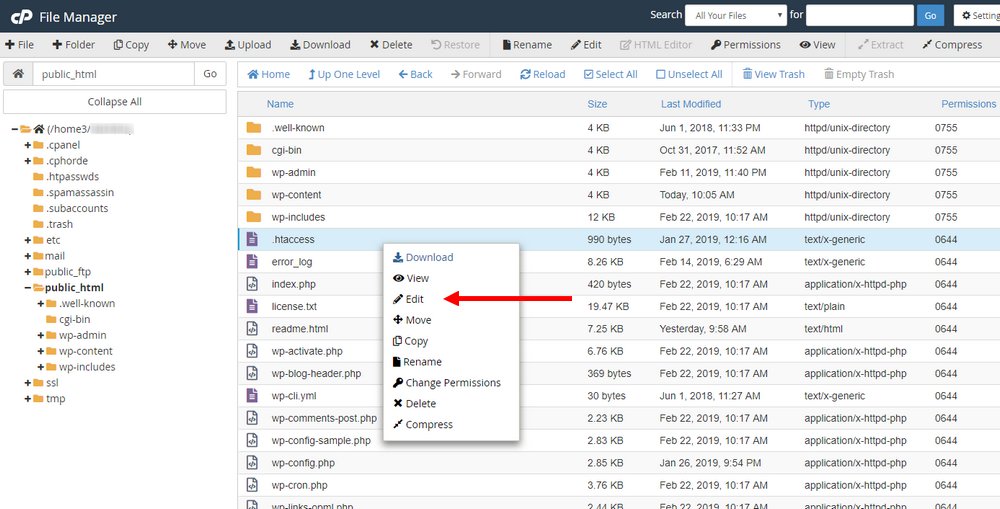
On the public.html binder you'll see the .htaccess file. Right-click on this file and choose Edit.
Then copy and paste the following lines of code at the end of the .htaccess file
php_value upload_max_filesize 64M
php_value post_max_size 64M
php_value max_execution_time 300
php_value max_input_time 300
In one case you lot're done, click Save.
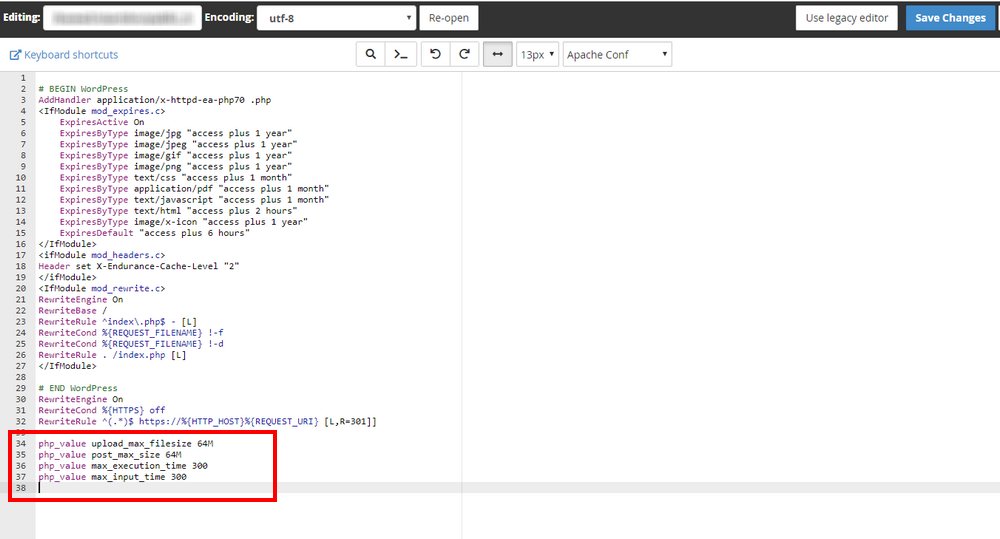
This method usually fixes the error. If information technology didn't work, endeavour the side by side method.
Method 2: Create A PHP.ini File
If editing the .htaccess file didn't work, yous tin create and upload a PHP.ini file into your server to prepare the outcome.
Some hosting servers will automatically create a PHP.ini file in your server. Follow the steps detailed in the previous method to navigate to the public.html folder in your server and encounter if there'southward already a PHP.ini file in your server.
If not, let's create one.
Step ane: Create A PHP.ini file
The PHP.ini file has to be created locally on your computer and then you can upload it to your server.
First, open a blank notepad and copy and paste the following lines of code into it.
upload_max_filesize = 64M
post_max_size = 64M
max_execution_time = 300
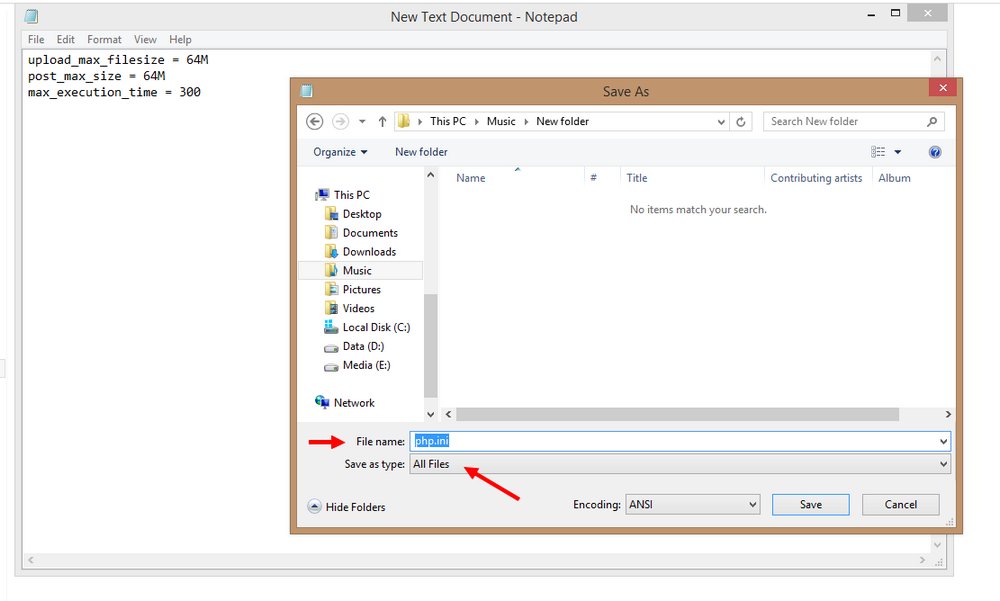
Then Save the note file as php.ini and cull file type as "All Files"
Step 2: Upload The File
Navigate back to your server and go to the public.html folder. Then upload the PHP.ini file that you've just created on your computer.
This will set up the error and increase the upload size limits to 64MB.
In Conclusion
These methods should help ready the result and allow you to upload themes and plugins with larger sizes through the WordPress dashboard.
However, some shared hosting providers may take restrictions that will prevent you from uploading large files. If the upshot persists, contact your web hosting provider and enquire for their help.
In the future, use an FTP client app like Filezilla to directly access your server and upload themes and plugins using the FTP client for easily uploading larger files.
Source: https://www.wpkube.com/how-to-fix-the-link-you-followed-has-expired-error-in-wordpress/


0 Response to "Thrive Plugin the Link You Followed Has Expired Please Try Again"
Post a Comment